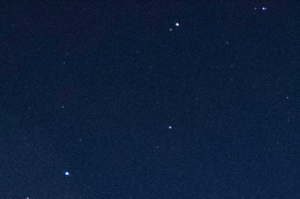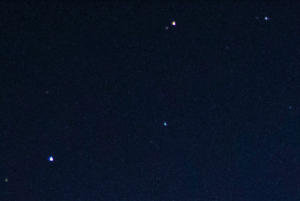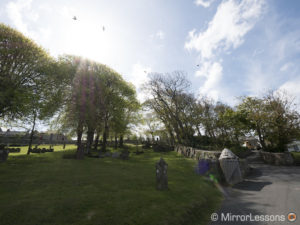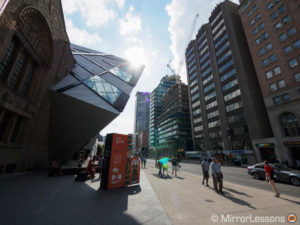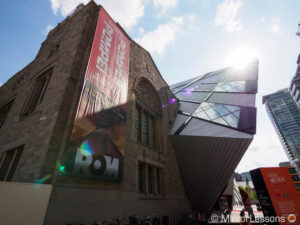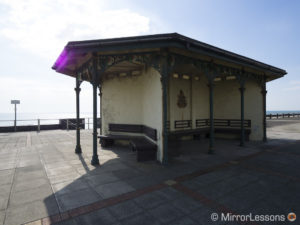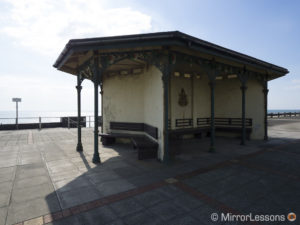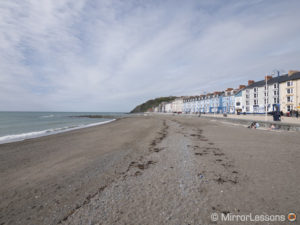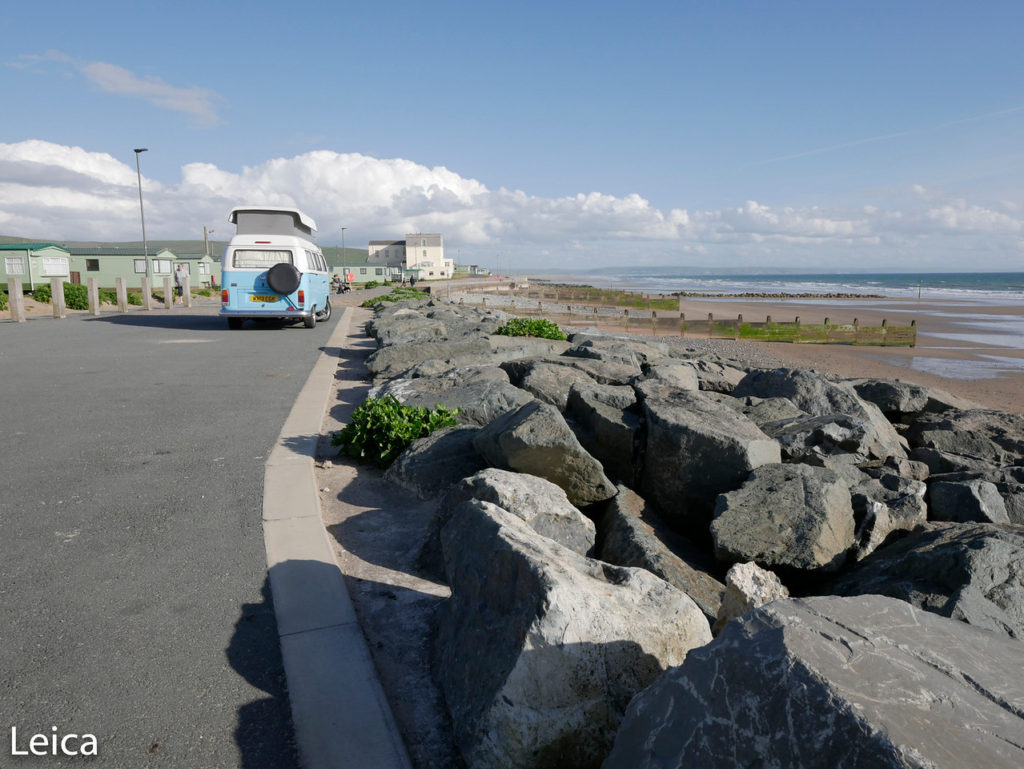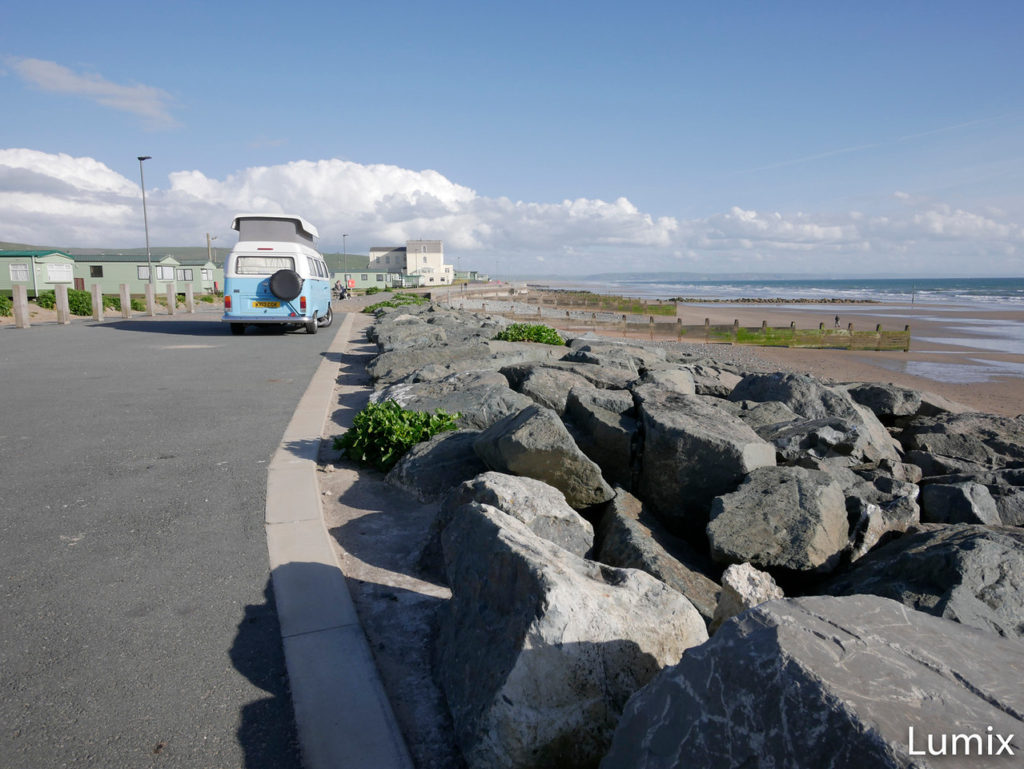For many years, the Lumix G 7-14mm f/4 was the sole wide-angle zoom in Panasonic’s range of Micro Four Thirds lenses. This changed, however, when the premium Leica DG Vario-Elmarit 8-18mm f/2.8-4.0 was announced at last year’s Photokina.
Despite their slightly different zoom range, both lenses are suitable for a similar range of genres including landscapes, architecture and events.
Since we recently received the 8-18mm to review, we also took the opportunity to compare it to the 7-14mm. Our aim was to see whether there were any differences that would justify choosing one over the other or, in the case of those who already own the Lumix, any solid reason to trade in the old lens for the new one. All our findings have been summarised in the following comparison!
Ethics statement: We were provided with samples of the Panasonic Leica 8-18mm and Panasonic Lumix 7-14mm for a three-week loan period. We were not asked to write anything about these products, nor were we provided with any sort of compensation. Within the article, there are affiliate links. If you buy something after clicking the link, we will receive a small commission. To know more about our ethics, you can visit our full disclosure page. Thank you!
[toc heading_levels=”2″]
Main Specifications
Leica DG Vario-Elmarit 8-18mm f/2.8-4.0
- Mount: Micro Four Thirds
- Focal length: 8-18mm (16-36mm in 35mm equivalent terms)
- Lens configuration: 15 elements in 10 groups (3 aspherical lenses, 2 ED lenses, 1 aspherical ED lens, 1 UHR lens)
- Lens coating: Nano surface coating
- Angle of view: 107° (wide) or 62°(tele)
- Minimum focusing distance: 23cm
- Magnification: 0.12x
- Aperture blades: 7 circular diaphragm blades
- Aperture range: 2.8 to 22 (wide) or 4 to 22 (tele)
- Filter diameter: 67mm
- Weather-sealing: Yes (dust, splash and freeze proof)
- Optical stabilisation: No
- Dimensions: 88mm x 73.4mm
- Weight: 315g
Panasonic Lumix G 7-14mm f/4
- Mount: Micro Four Thirds
- Focal length: 7-14mm (14-28mm in 35mm equivalent terms)
- Lens configuration: 16 elements in 12 groups (2 aspherical lenses, 4 ED lenses)
- Lens coating: N/A
- Angle of view: 114° (wide) or 75° (tele)
- Minimum focusing distance: 25cm
- Magnification: 0.08x
- Aperture blades: 7 circular diaphragm blades
- Aperture range: 4 to 22
- Filter diameter: N/A (integrated lens hood leaves no room for filter thread)
- Weather-sealing: No
- Optical stabilisation: No
- Dimensions: 83.1mm x 70mm
- Weight: 300g
Design and Ease of Use
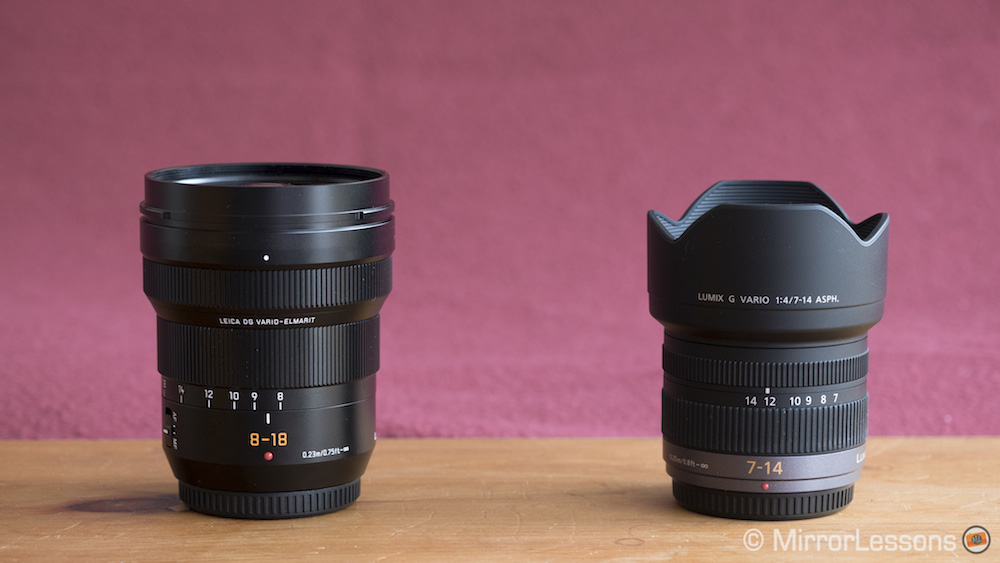
The Leica 8-18mm is a variable aperture zoom (f/2.8-4.0) with a range equivalent to 16-36mm in 35mm terms, whereas the Lumix is a constant f/4 aperture zoom with a range of 14-28mm in 35mm terms. The aperture changes that occur on the Pana-Leica are as follows:
- 8mm – 2.8
- 10mm – 3.2
- 12mm – 3.4
- 14mm – 3.6
- 18mm – 4.0
Both the Leica and Lumix are small and lightweight, which is exactly what you’d expect from a Micro Four Thirds product. Though you can feel that the Leica is a little heavier than the Lumix when you hold them in your hands, the difference is no longer perceivable once you mount them onto your camera.
What is more significant than the weight is the difference in length. When the Leica’s petal-shaped lens hood is attached, it is visibly taller than the Lumix whose petal-shaped lens hood is integrated into the barrel. This means that, in terms of size, the Lumix is suitable for use on almost all Micro Four Thirds bodies barring the smallest models like the GM series, while the Leica is physically a better fit for larger bodies such as the G85, GH5 or E-M1 II. That said, I used the Leica lens extensively on the GX85 during our testing period and didn’t find it too uncomfortable in the end.

When you detach the lens hood, the Leica is only a little longer than the Lumix but since the lens is prone to flare and ghosting, it is unlikely you’ll ever want to remove it for outdoor work anyway.
Because the Lumix’s lens hood is integrated, it does not have a filter thread. To use filters on this lens, you must invest in a third-party adapter. The Leica, on the other hand, has a filter thread with a diameter of 67mm.
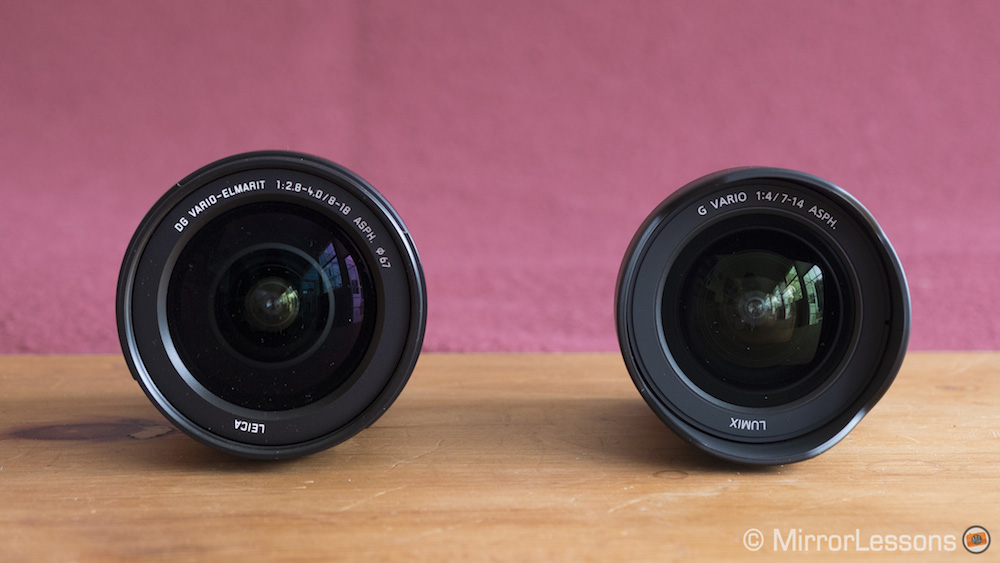
In terms of build quality, the Leica is the more robust of the two. Not only is it constructed of a mix of metal and high-quality plastics but it is also dust, moisture and freeze proof down to -10°C. It also comes with Nano surface coating to mitigate flare and ghosting. With the exception of the metal mount, the Lumix is mostly made of high-quality plastic and rubber and it does not claim any sort of weather resistance or lens coating. That said, it feels very solid and well-made.
Both lenses feature zoom and focus rings with a ribbed design. Because those of the Lumix are rubber, they are grippier and more pleasant to touch in cold weather conditions than the metal rings of the Leica. When you turn the zoom ring of either lens, the bulbous front element moves back and forth but never travels beyond the tip of the lens hood on the Lumix or the rim of the barrel on the Leica.
Happily, all the most important focal lengths are clearly and accurately marked beside the zoom ring.
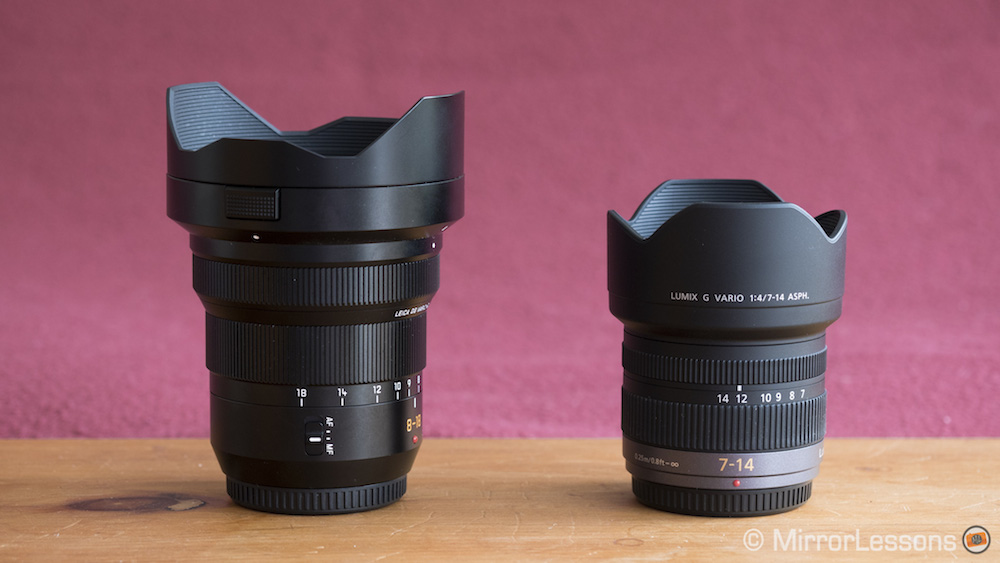
Only the Leica comes with an AF/MF switch on the side of the barrel. To switch between AF and MF on the Lumix, you must rely on the camera’s buttons or quick menu.
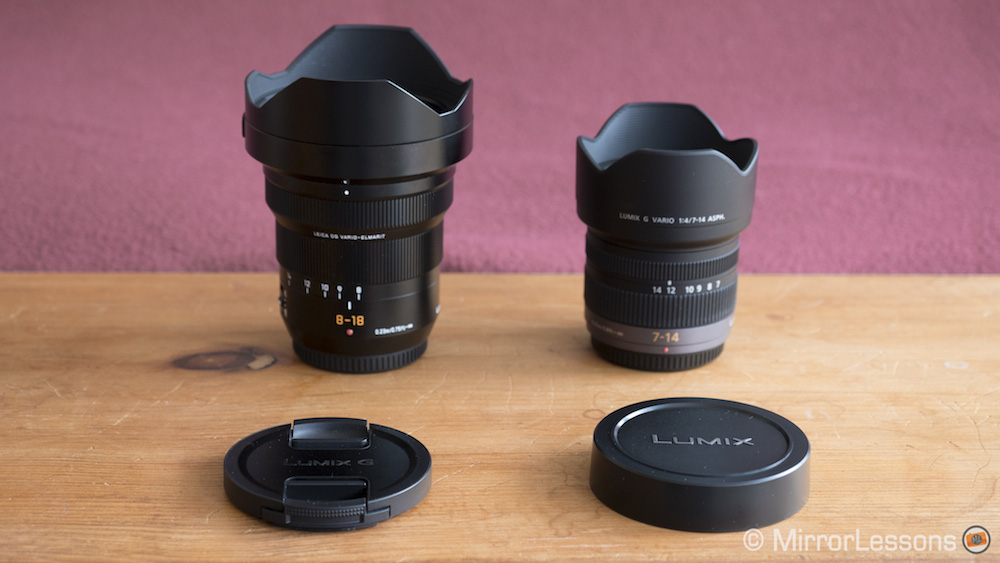
Whereas the Leica comes with a standard clip-on lens cap, the cap of the Lumix slides over the integrated hood. I’ve found that the latter can be somewhat difficult to remove due to its snug fit, but by the same token, it will never pop off accidentally if you fit it onto the lens properly.
Optical Quality – Through the lens


If you are reading this comparison, the aspect that most likely concerns you above any other is the difference in optical quality between these two lenses. One would naturally expect the Leica, which is $300 more expensive than the Lumix, to deliver superior results but let’s see if this is actually the case!
Sharpness
Let’s begin by analysing the performance at a close focus distance (around 1 metre from the subject).
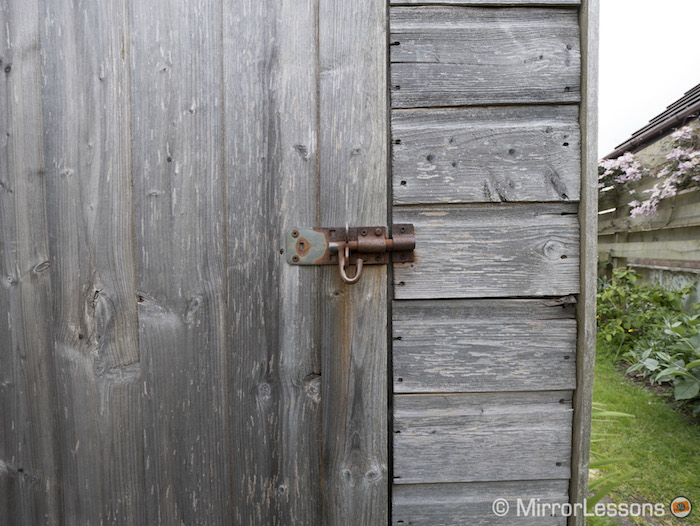
Looking at a series of side-by-side crops taken at the focal lengths they share (8mm, 10mm, 12mm and 14mm), the first thing we notice is just how close the performance through the zoom and aperture range. The lenses perform best between f/4 and f/5.6 at all focal lengths and start to suffer from diffraction past f/8 with similar results.
At 8mm and their respective fastest apertures (2.8 on the Leica and 4 on the Lumix), we can see that the Lumix is a little sharper than the Leica.
At f/4 and beyond, this small difference all but disappears and it becomes almost impossible to distinguish the two.
At 10mm, 12mm and the 14mm, the results at their fastest apertures are far more similar and the trend continues even at the smaller apertures.
As for the focal lengths they don’t share – 18mm on the Leica and 7mm on the Lumix – we can confirm that the performance no better or worse than the other focal lengths mentioned above.
If we compare a set of images taken at a working distance closer to infinity, we see that the results are the same as at a short focus distance. f/2.8 on the Leica is a little softer than f/4 on the Lumix at 8mm, whereas the rest of the apertures at the various focal lengths are very similar. Below you can see a few sample crops.
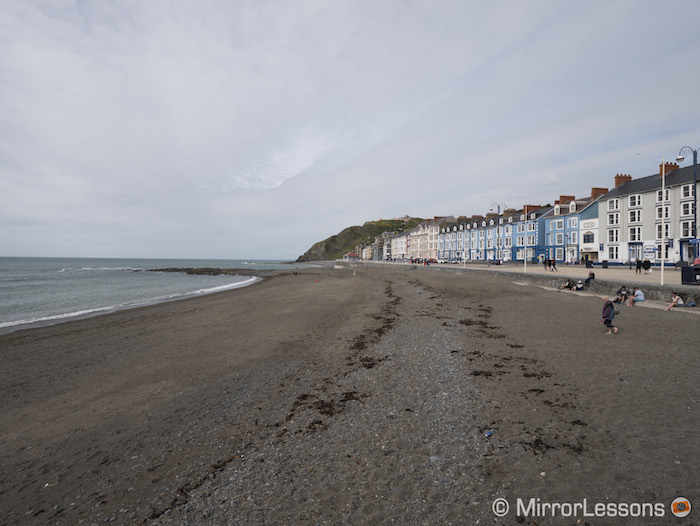
The only perceivable difference in sharpness can be seen in the corners. When set to the same aperture and focal length, the Leica is consistently sharper than the Lumix.
Interestingly, the Leica’s fastest aperture of f/2.8 is as sharp as the Lumix at f/4 at 8mm. You can also notice some chromatic aberration in the corners of the Lumix examples at some focal lengths like 10mm.
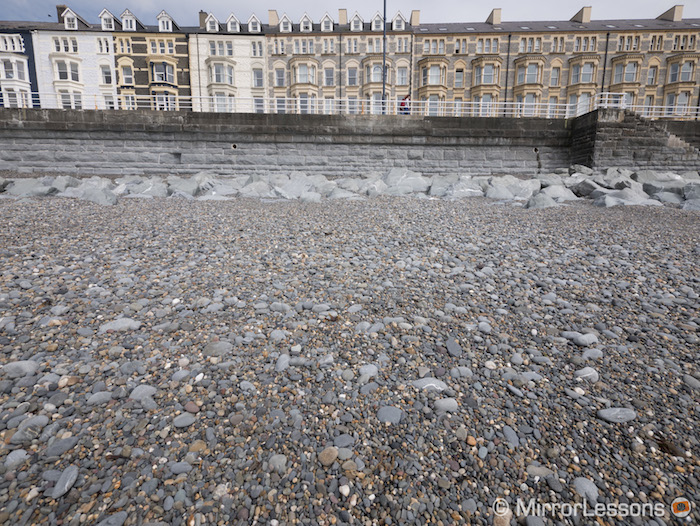
Bokeh


The Leica and the Lumix, being extreme wide-angle zooms, haven’t been designed to deliver a stunning bokeh. This is especially true of the Lumix whose fastest aperture is f/4.
That said, if you take advantage of their closest working distance, which is a very respectable 23mm on the Leica and 25mm on the Lumix, you can achieve decent results with the right background. Below you can see some examples taken at the widest and longest angles for each lens.
The main advantage of the Leica is its maximum aperture of f/2.8 but its usefulness is limited since it is only accessible at 8mm. As soon as you begin zooming in, the aperture starts to close. The Leica is also aided by its longer focal length of 18mm, which blurs the background more and creates more subject/background separation than the Lumix set to 14mm.
Chromatic Aberration and Coma
Overall we found that the levels of chromatic aberration were very low – so low, in fact, that the only example we came across was the corner example with the Lumix lens that we mentioned in the sharpness chapter. This is mostly owing to the software corrections performed in-camera.
We also tested the two lenses for astrophotography on a relatively clear night to see if comatic aberrations are a cause for concern. As you can see below, coma is slightly more pronounced on the Lumix lens and the corner appears somewhat softer in comparison to the Leica.
Of course, it goes without saying that the Leica’s 2.8 aperture makes it a little more versatile for low-light work and astrophotography.
Vignetting and Distortion
Neither vignetting nor distortion pose much of an issue with these lenses, as much of its has been corrected by the software in-camera and whatever does remain can be further tweaked in post production. Vignetting is most visible at the fastest apertures. As for distortion, you can see below that the Leica produces some slight barrel distortion at 8mm while the Lumix defends itself well at 7mm.


Of course, since we are dealing with wide angle lenses, you will inevitably come across some perspective distortion if the camera isn’t perfectly aligned with the horizon – those clever at composing may want to use this to creative effect! Also, don’t forget that the Lumix, being a little wider, inevitably stretches the image more in the corners.

Flare
Flare is unavoidable at the shortest focal lengths regardless of which lens you use. This is because the bulbous front element is very exposed. Even when the sun or other strong sources of lights aren’t in the frame, flare and ghosting can appear quite easily. Between the two, the Leica lens produces smaller, less invasive flares than the Lumix, partly because the hood protects the front element a little more but also because it features Panasonic’s Nano coating.
The weaker flare resistance of the Lumix is more visible indoors, where artificial sources of light can pose a problem such as in the example below.

Update: Since many of you have been asking whether purple flare occurs with the Leica 8-18mm on Olympus bodies, I performed a few tests on our OM-D E-M1 to see if this is the case. The answer is that while it can sometimes occur, it can easily be eliminated simply by adjusting the composition by a millimetre or two, and the same rule applies to most MFT lenses. Below is a good example:
Field of View and Colours
It appears that the Lumix produces a slightly wider field of view than the Leica when they are set to the same focal length, which in the case of the images below are 8mm and 14mm.
Below I’ve also included two additional sets of examples that show the difference between a) 7mm on the Lumix and 8mm on the Leica and b) 14mm on the Lumix and 18mm on the Leica.
Another very minor difference concerns the colour rendition: the Leica renders slightly warmer tones than the Lumix as you can see below.
Autofocus and Manual Focus
For this comparison, we mainly used the two lenses on the Lumix GX85 to perform our various tests but we also took them out on the Lumix GH5 to gather some samples with the 20MP sensor. We also used the Lumix very briefly on the Olympus OM-D E-M1 and Pen E-P5 a couple of years ago. Regardless of the body used, we found the autofocus quick, accurate and reliable in most situations, which is a phrase that can be applied to the majority of Micro Four Thirds lenses.
As for manual focusing, we found the tactile feel of the rubber focus ring a little more pleasant on the Lumix but both are easy to use and provide good resistance.
In the case of both lenses, the number of turns required to travel from infinity to the minimum focus distance depends on how quickly or slowly you turn the ring. Specifically, it takes 1 1/4 rotations to travel the distance if you turn the ring quickly and up to 4 turns if you turn it slowly on the Leica. With the Lumix, it takes just over a half a rotation if you turn it quickly or just over 3/4 of a rotation if you turn it slowly.
Note that if you turn the focus ring too slowly on the Leica, the camera doesn’t always register that it’s being turned. Interestingly, this doesn’t happen at all with the Lumix.
Finally, although Panasonic hasn’t stated one way or the other, both lenses behave like a parfocal lens in that they don’t lose focus while zooming in and out.
Conclusion
If I didn’t own either lens and had to choose between them, I’d personally settle on the Leica 8-18mm for a number of reasons. In addition to having more flexible zoom range and a filter thread to which you can directly attach ND filters, it is also completely weather-sealed and comes with a 2.8 aperture at the widest angle which is useful for low-light work, astrophotography and achieving some additional shallow depth of field.
The Lumix 7-14mm is anything but a poor performer however. With the exception of the extreme corners, we found that it produces very similar results to the Leica lens in terms of sharpness and micro contrast. It also has the advantage of being more compact because the lens hood is a mere extension of the barrel rather than a separate attachment. For this reason, it is also a better match for Micro Four Thirds bodies equal in size to or smaller than the Lumix GX85 or OM-D E-M10 II.
We mustn’t turn a blind eye to the difference in price either. The Leica 8-18mm, which is a brand new lens, costs approximately $300 / £300 more than the Lumix 7-14mm which was announced back in 2009, and you can easily find the latter for less second-hand.
Finally, if you already own the Lumix lens and are happy with its performance, I don’t see any reason to upgrade unless one or more of the additional characteristics of the Leica can make a concrete difference to your photography workflow.
Choose the Panasonic Leica 8-18mm if you:
- often use ND filters and don’t want to invest in a separate adapter
- like the idea of having those extra 4mm on the telephoto end
- might find the 2.8 aperture at 8mm useful for low-light work and astrophotography
- want the best sharpness possible across the frame
- plan to do lots of close-up work and want the shallowest depth of field possible
- often shoot in inclement weather conditions
Choose the Panasonic Lumix 7-14mm if you:
- want to work with a wider angle of view
- own a small to medium sized MFT body (GX85-sized and smaller) as it is physically a better fit
- are on a budget
Check price of the Panasonic Leica 8-18mm f/2.8-4.0 on
B&H Photo | Amazon | Amazon UK | eBay
Check price of the Panasonic Lumix 7-14mm f/4 on:
You might also be interested in:
- Panasonic Lumix 7-14mm f/4 vs. Olympus M.Zuiko 7-14mm f/2.8 PRO – Quick comparison
- Panasonic Leica 8-18mm f/2.8-4.0 vs. Olympus M.Zuiko 7-14mm f/2.8 PRO – Complete comparison
- Panasonic Leica 8-18mm f/2.8-4.0 vs Olympus M.Zuiko 9-18mm f/4-5.6 – Complete comparison
Sample Images
Panasonic Leica 8-18mm f/2.8-4.0









Panasonic Lumix 7-14mm f/4





























